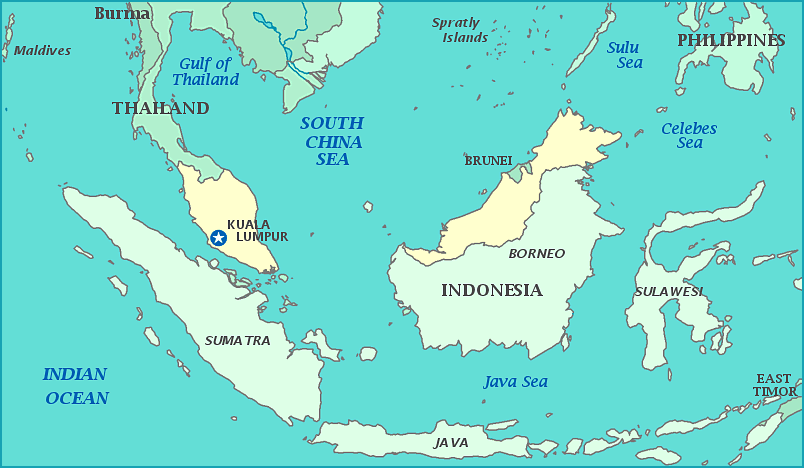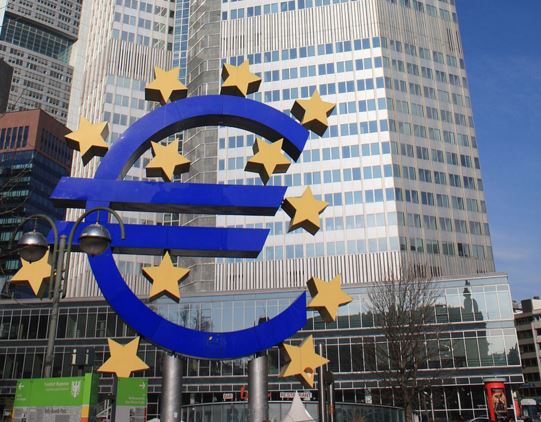European sovereign yields were lower by the evening session, whipsawing online trading, with the Bund having chopped around first higher and then lower, following mixed signals at the ECB press conference. The net result was no significant change in expectations on the rate stance of the central bank. The ECB’s QE current program, which runs until March, was confirmed at 80 billion Euro per month.
Draghi initially spooked markets by saying that an extension to the QE program hadn’t been discussed, but then added that an abrupt halt to asset purchases was unlikely. The 10-year Bund yield spiked by over 5 basis points near 0.07% before settling lower, and was showing a net 3basis points decline at 0.275%, as of the early evening session. The euro rallied and then sold off as dovish comments about the tools that can be used to achieve their gold of higher inflation took hold, driving EUR/USD to a 1.0940. The 10-year Gilt benchmark yield was showing a 0.5 basis points decline, at 1.074%.
The ECB Left Interest Rates Unchanged
The ECB not surprisingly left rates unchanged and already in the initial announcement confirmed once again that the current asset purchase program will remain in place until March. The forward guidance also remained unchanged, with the easing bias still in place and rates expected to be at present levels or even lower for the foreseeable future.
This makes it even more necessary for the ECB to address looming supply constraints, even though ironically the previous tapering discussion following the story has lifted yields and thus helped the ECB to a certain extent. Most Eurozone 2-year government bond yields are still below the deposit rate and thus remain out of bonds for the QE program and even 5-year yields are lower than -0.4% in Germany.
Draghi also kept up the pressure on politicians to finally use the room created by the ECB but with Germany and France heading for elections next year and officials worried about the possible fallout from the Brexit and a widening of anti-EU sentiment, it is unlikely that there will be any major reforms tackled in the two biggest Eurozone countries. In Italy any reforms hinge on the outcome of the constitutional referendum and Spain is still operating in a political vacuum after two inconclusive elections. So Draghi will continue to have to fight fires with rhetoric as governments have yet to come forward with fiscal plans that will stimulate the European economies.
At the Same time the U.S. Federal Reserve is going down a path where it is poised to raise rates in December. This will likely be at the same time were the ECB extends their asset purchase program. The combination of the two events will lead the interest rate differential to further favor the greenback, which could drive the EUR/USD currency pair back down to the 2016 lows last seen in January near 1.07.
























